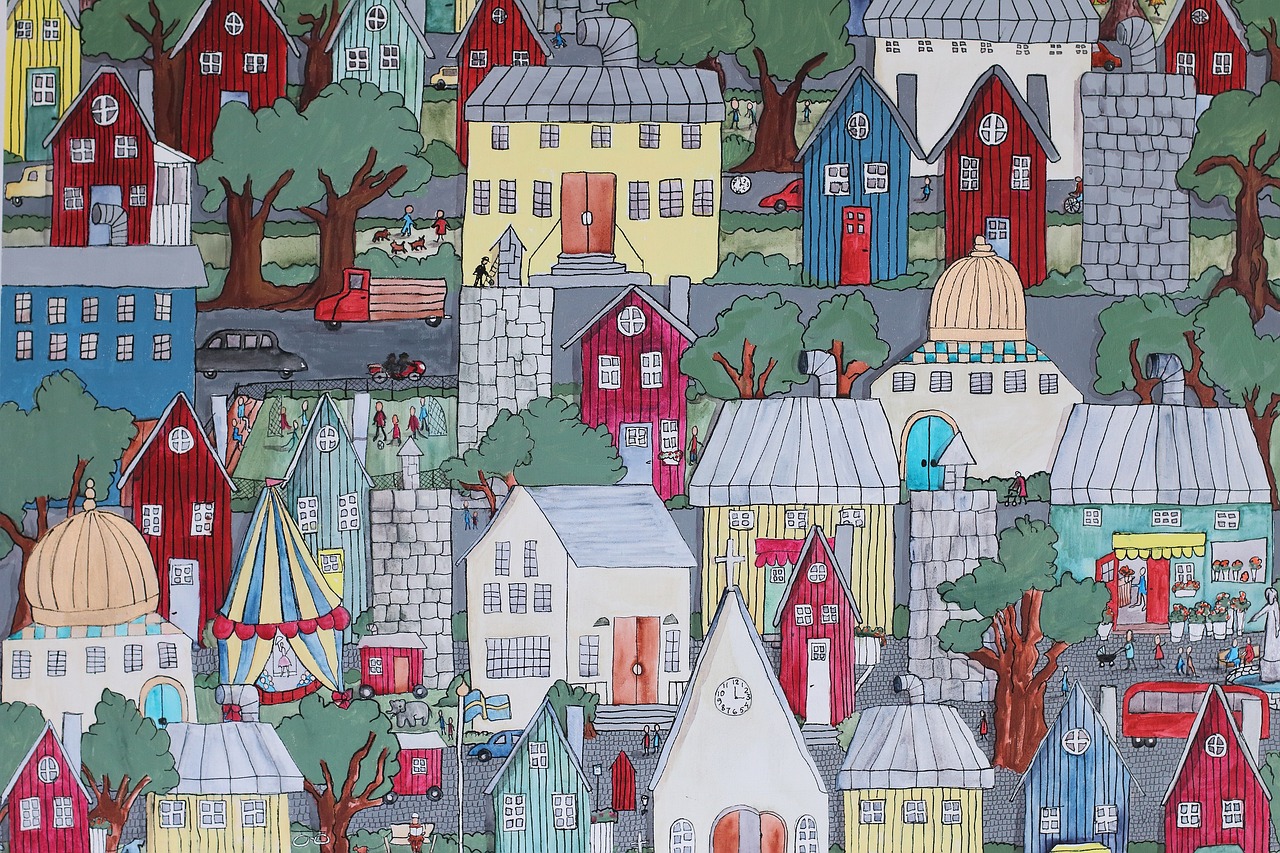Crafting a truly compelling story requires a careful balance of various elements, but few are as vital as backstory. Backstory in storytelling refers to the intricate events, circumstances, and details of a character’s past that have shaped and molded them into the person they are in the present moment. Through skillful weaving of backstory into your narrative, you can elevate the complexity and depth of your characters, increase your readers’ emotional investment, and ultimately create a more immersive and engaging experience for your audience.

Understanding the Significance of Backstory
The importance of backstory lies in its ability to provide readers with an intimate understanding of your characters. Through a comprehensive understanding of a character’s past, readers can make sense of their present actions and motivations. Backstory can also offer a sense of relatability and empathy towards characters by providing context for their struggles and challenges. Additionally, backstory can help to create a sense of continuity and cohesion within your narrative by establishing cause-and-effect relationships between events.
It is crucial to understand, however, that too much backstory can be detrimental to the pace and flow of your narrative. Rather than revealing everything at once, sprinkle details of backstory throughout your narrative using techniques such as flashbacks, dialogue, or internal monologues.
Crafting Effective Backstory
Creating effective backstory requires a detailed understanding of your characters’ pasts. Delve into their upbringing, family history, significant life events, and key relationships. Use this information to drive your characters’ behavior and motivations. When incorporating backstory into your narrative, focus on the details that are most relevant to your characters’ development rather than inundating readers with every possible detail.
To create characters that are deeply driven by their backstory, pay attention to the ways in which past experiences have influenced their beliefs, values, and goals. Analyze the ways in which your characters’ past traumas, triumphs, or relationships have shaped who they are in the present. Use this information to create characters that are nuanced, complex, and emotionally resonant.
While backstory is an essential element of storytelling across genres, the ways in which it is incorporated may differ depending on the genre. For instance, in romance, backstory might be used to create romantic tension or to explain why two characters are meant to be together. In horror, backstory might be used to create a sense of dread or to explain the motivations of the villain.
Backstory Adds Depth and Complexity
Incorporating backstory into your storytelling can add a whole new level of depth, complexity, and emotional resonance to your characters and narrative. Skillfully utilizing backstory can create a more immersive and engaging experience for your readers. Remember to focus on the details that are most relevant to your characters’ development, and use backstory to create characters that are nuanced, complex, and emotionally resonant.
- Mary Oliver: The Enduring Wisdom of Her Nature-Inspired Poetry
- The Color Purple: A Journey of Empowerment and Resilience
- Understanding and Creating Catharsis in Writing
- Understanding Fan Fiction: A Creative Phenomenon
- Rumi: The Poet of the Heart
Meanwhile, at Dreamers…
2024 Micro Nonfiction Story Writing Contest Results

Congratulations to the winners of the 2024 Dreamers Micro Nonfiction Story Writing Contest, for nonfiction stories between 100-300 words.
2024 Place and Home Contest Results

Congratulations to the winners of the Dreamers 2024 Place and Home Contest, based on the theme of migration, place & home.